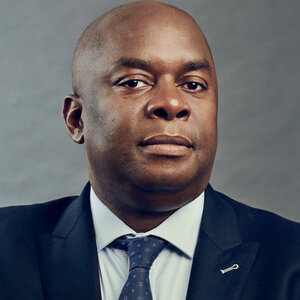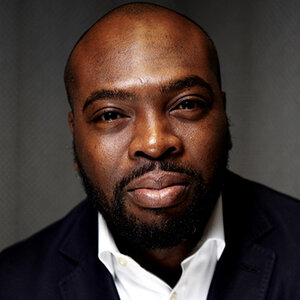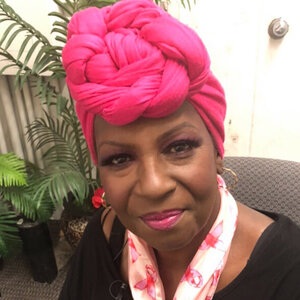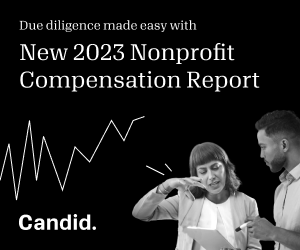Beyond dollars: How philanthropy fights poverty and empowers other leaders of color to do the same

Just three years since the summer of racial reckoning following the murder of George Floyd, we are reminded of the urgent need to address systemic inequities that continue to thwart the economic mobility of far too many Americans. In New York City, where four out of five people experiencing poverty are people of color, persistent underinvestment in minority nonprofit leaders is not only a moral failure but a roadblock to realizing opportunities that break the cycle of poverty.
Black, Latinx, and Asian American New Yorkers are twice as likely to live in poverty as their white neighbors. Not only are such inequities common in the communities nonprofits seek to help, but they also materialize at the leadership level of those organizations.
Leaders of organizations that provide direct services to low-income New Yorkers often lack proximity to and lived experience with poverty. According to Nonprofit New York, Black executives make up only 16 percent of nonprofit leaders, and Latinx and Asian leaders stand at just 7 percent each.
What’s more, executives of color find themselves facing disadvantages when competing for funding alongside their white counterparts—leaving their organizations unable to champion and implement poverty-fighting interventions in maternal health, high-quality schools, employment opportunities for formerly incarcerated youth, and so much more.
This disparity implies one of two things: Either something is inherently wrong with people of color—that we just aren't as smart or as capable—or something is wrong with the systems that govern our society, preventing people of color from living up to our full potential. At Robin Hood, we firmly believe the latter.
Underfunding nonprofit leaders of color allows disparities to persist and sidelines an important talent pool while producing long-term effects that prevent progress from being realized in the fight against poverty. If we are ever going to be serious about elevating Americans out of poverty, we must change how we prioritize who gets philanthropic funding.
If we want to eradicate these inequities, we must invest in nonprofits led by people of color.
Efforts like the Power Fund, which boosts investment in organizations with diverse leadership, are essential to lifting up these leaders, their innovative solutions to poverty, and the people they support. In the three years since the Power Fund’s founding, Robin Hood has increased grantmaking to nonprofits led by executives of color by 60 percent—and we are not stopping there. The Power Fund drives holistic transformation at every turn by establishing lasting partnerships with social innovators and entrepreneurs who have been directly impacted by poverty.
This work has expanded our footprint into more parts of the city, helping us reach diverse communities and extend our impact. We’ve expanded our reach to parts of the city that were once underrepresented in our grantmaking, such as Red Hook, Coney Island, and Jackson Heights, and deepened our connections with populations experiencing poverty including the African, South Asian, and Indo-Caribbean immigrant communities and workers in the gig economy.
Funding nonprofit leaders of color represents a serious step toward a more inclusive philanthropic landscape and a strategic shift in dismantling systemic barriers while breaking down silos, ensuring organizations led by diverse leadership receive the backing and visibility they rightfully deserve.
Richard R. Buery is CEO of the Robin Hood Foundation, New York’s largest poverty-fighting philanthropy.








Relationships are infrastructure: Trusting grassroots partners